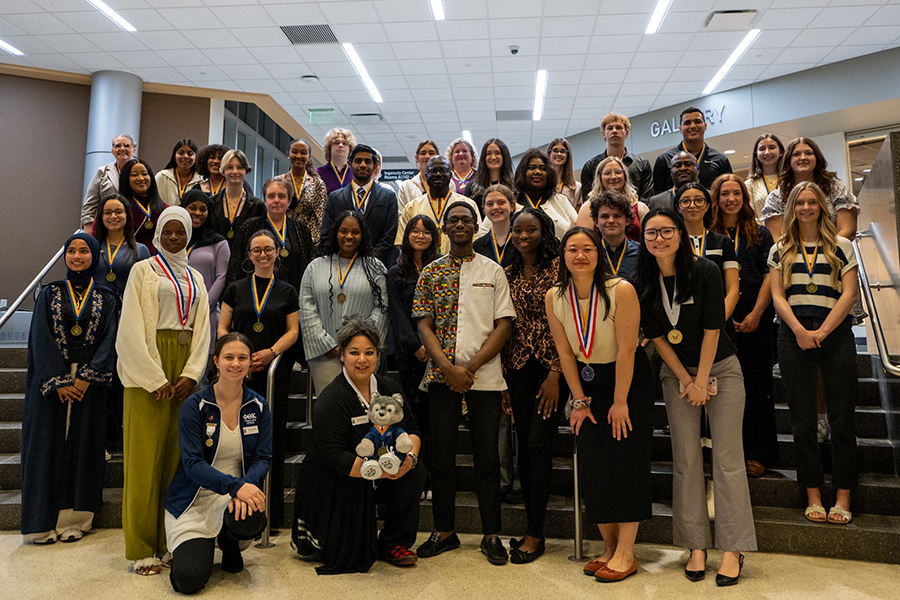That’s way too much, especially when 1 in 8 families go hungry
May 2, 2017
Forty percent of food produced in the United States never gets eaten, according to the U.S. Department of Agriculture (USDA). At a time when one in eight families struggles to put food on the table, this number is staggering. Not to mention that food waste impacts already-strained landfills and accounts for a significant portion of methane emissions. It also costs individuals, producers, and suppliers huge amounts of money.
For these reasons and the fact that the USDA aims to reduce food waste nationwide 50 percent by 2030, Dane County has declared 2017 to be the “Year of Food Waste Reduction and Recovery.”
To find more information on the full scope of food waste, The Cap Times recently produced a feature story about food waste reduction efforts in Dane County and National Geographic had a cover story around global food waste last spring.
This column will provide a few tips on how to reduce your own food waste.
I fully admit that I ate a lot of frozen foods in my early twenties. I rarely cooked meals. I bought whatever was on sale at the grocery store, some of it languishing away in my pantry or fridge. I have discovered the moldy loaf of bread on the pantry shelf, the potatoes that had turned into potato plants, the rancid lemon juice (that’s supposed to go in the fridge?), and the I-don’t-even-know-what-that-is.
These days, I am a person who eats mostly locally year-round. I preserve and freeze items to use later and compost what I do not use. I also have experience running a kids’ meal site and a food pantry. I currently serve on the Food Waste Task Force as part of the Dane County Food Council. Based on my experiences, here are a few basic tips to help you cut down on food waste:
Make a meal plan and grocery shopping list. Begin this process by checking to see what is already in your fridge or pantry and in need of use. Plan your meals around existing items, rather than what is on sale or what catches your eye at the store.
Educate yourself about food labels. “Use by,” “sell by,” and “best by” dates are generated by the manufacturer and not regulated by any other agency. These labels have nothing to do with the safety of the food. The USDA’s Foodkeeper App can help you make safe choices. Other helpful websites include www.stilltasty.com and www.savethefood.com.
Take stock of what you have at least once a week, the day before you grocery shop. If something is looking a little past its prime, be sure to work it into a recipe or throw it in the freezer.
Make pizzas or stir frys to use up miscellaneous items. Pizzas, pastas, casseroles, and stir frys are great catch-alls to use up any produce that is on its way out or only has a small amount left. I put one of these on the menu the day before I do my grocery shopping to clear out the fridge before loading it back up.
Use your freezer. A freezer can be your best friend to help reduce food waste. Did you know dairy products can all be frozen? (Butter, cheese, milk, and yogurt all emerge from the freezer just fine!) You can also freeze leftovers, bread/pastries, fruit, meats, veggies, and many other items. The internet has tons of tips on how to get started.
Do not buy items just because they are on sale. Be realistic. If the item is not something you have the time to prepare properly, you will probably end up wasting it. This is particularly common with buy one get one free deals. These can cost you money in the long run instead of saving money.
Hopefully, some of these tips will help you waste less food, save money, and feel more organized about your food buying and eating habits.































